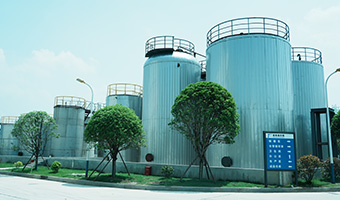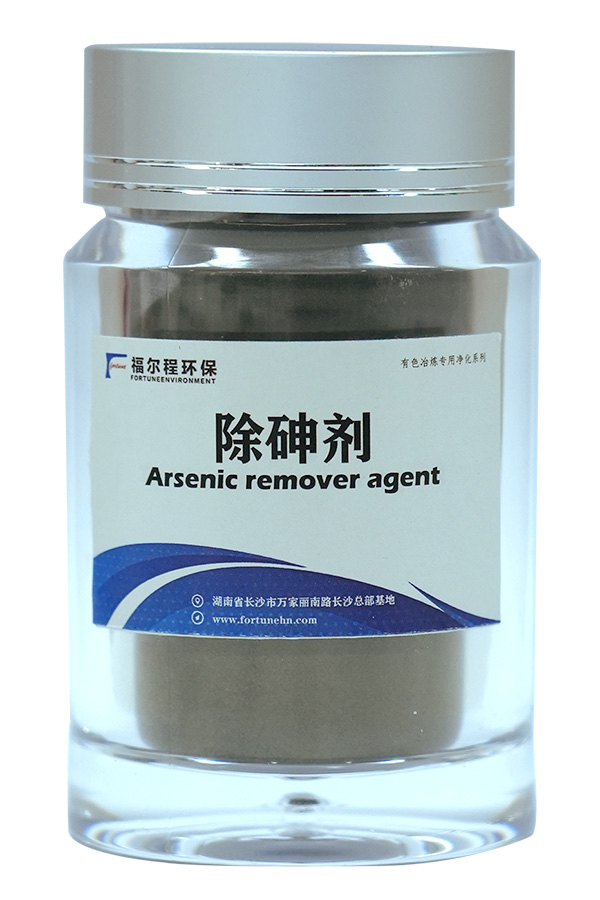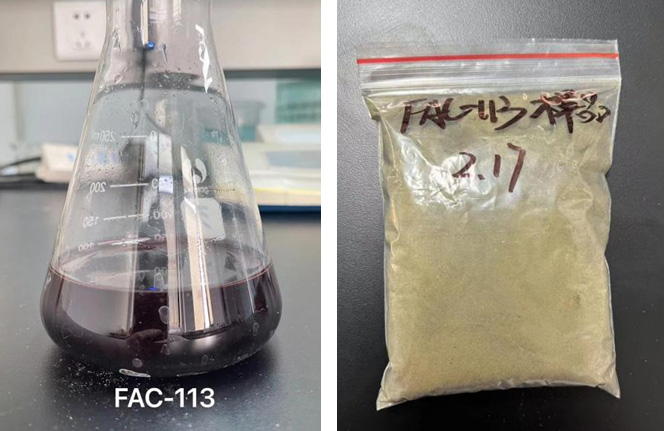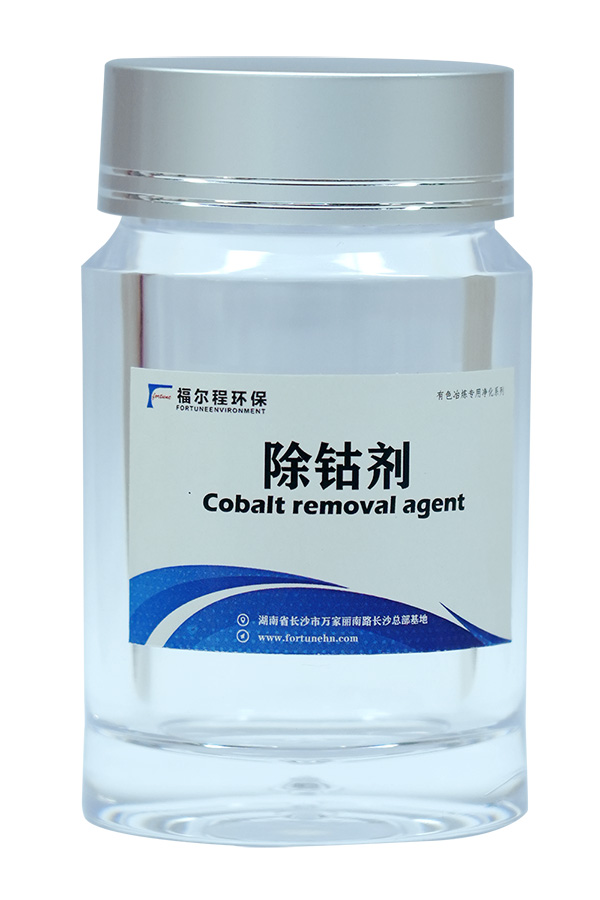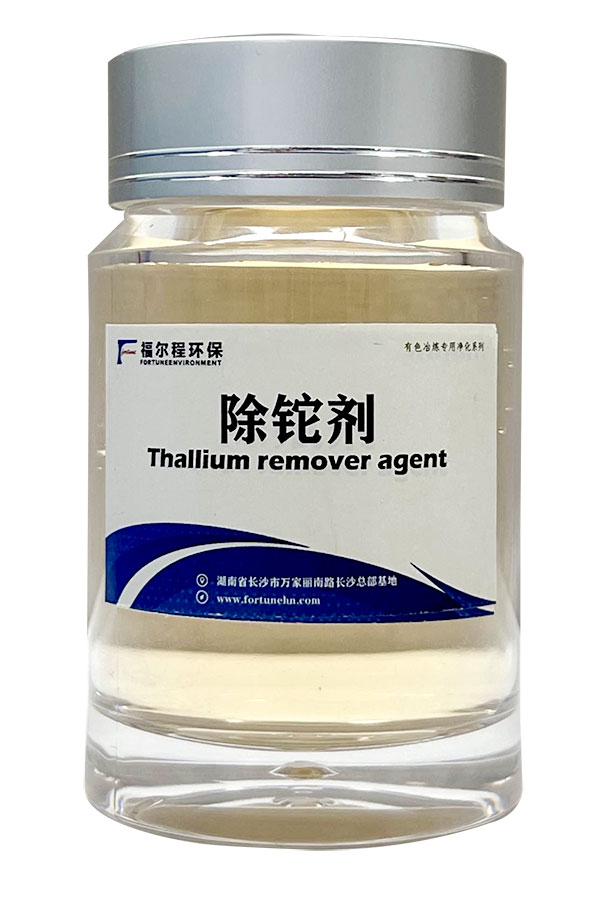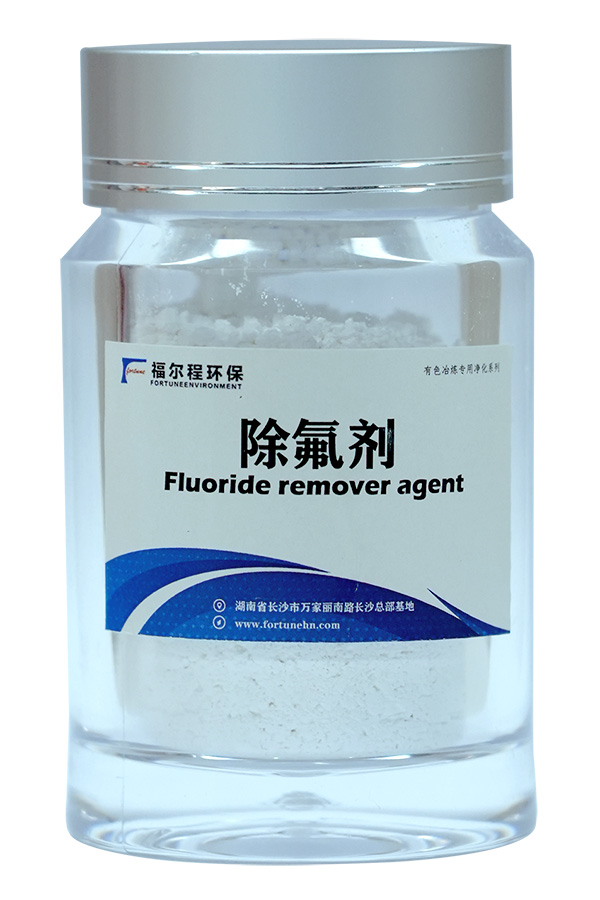About Us
Hunan Fortune Environmental Technology Co., Ltd. was registered in September 2016 with a registered capital of 30 million RMB. The company, formerly established in 2004, is rooted in the old industrial base of Zhuzhou and has a history of 18 years.?
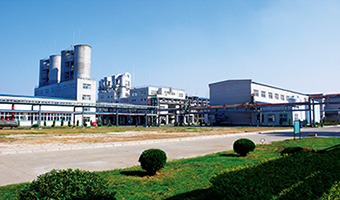
- Purification of non-ferrous metal smelting
- Treatment of non-ferrous metal slag
- Green mineral processing reagents
Smelting Purification
- Treatment of Urban Solid Waste Incineration Fly Ash
- Treatment of Industrial Wastewater Containing Heavy Pollutants
- Remediation of Soil Contaminated with Heavy Metals
Environmental Governance
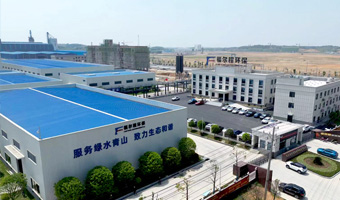
News
Our products are mainly used for the treatment, separation and comprehensive recovery of various heavy metals, such as purification and impurity removal of hydrometallurgy, comprehensive recovery of metal slag, comprehensive treatment of industrial sewage, Incineration fly ash treatment, soil heavy metal treatment, etc.

project
We have established a long-term and in-depth industry university research cooperation with Central South University, and have the only "Engineering Technology Research Center for Special Chemicals for Environmental Governance" in the province.
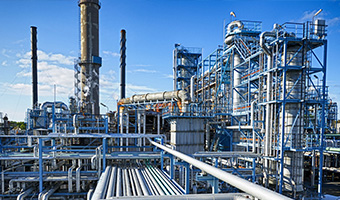
Factory
Our company has invested 300 million yuan to build a new production base covering an area of 110 acres in Yueyang, Hunan, which has been completed and put into production by the end of 2022.
